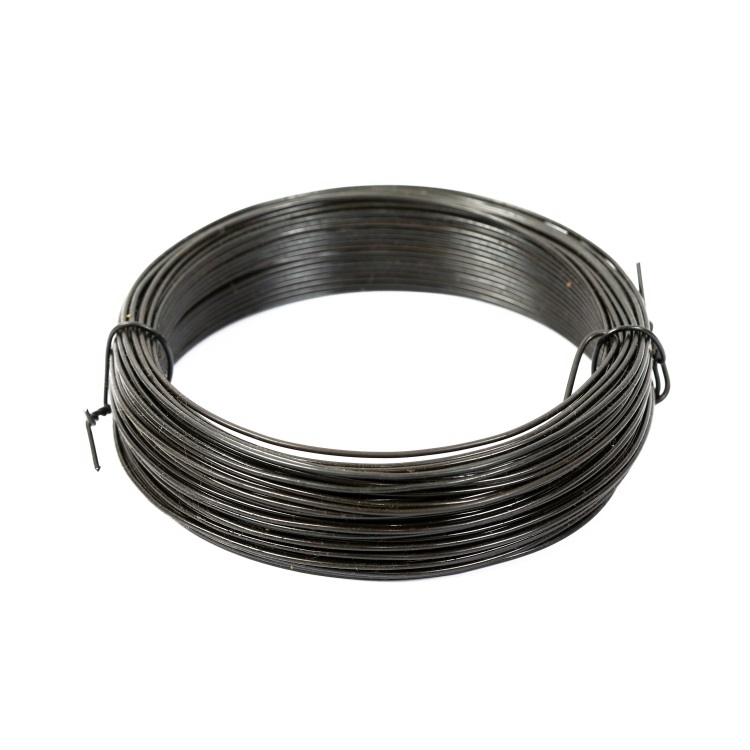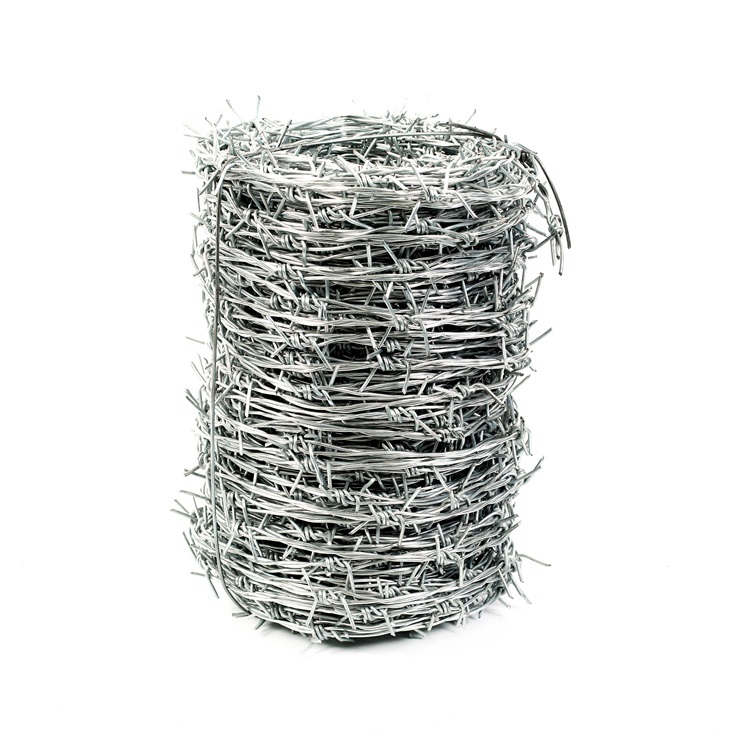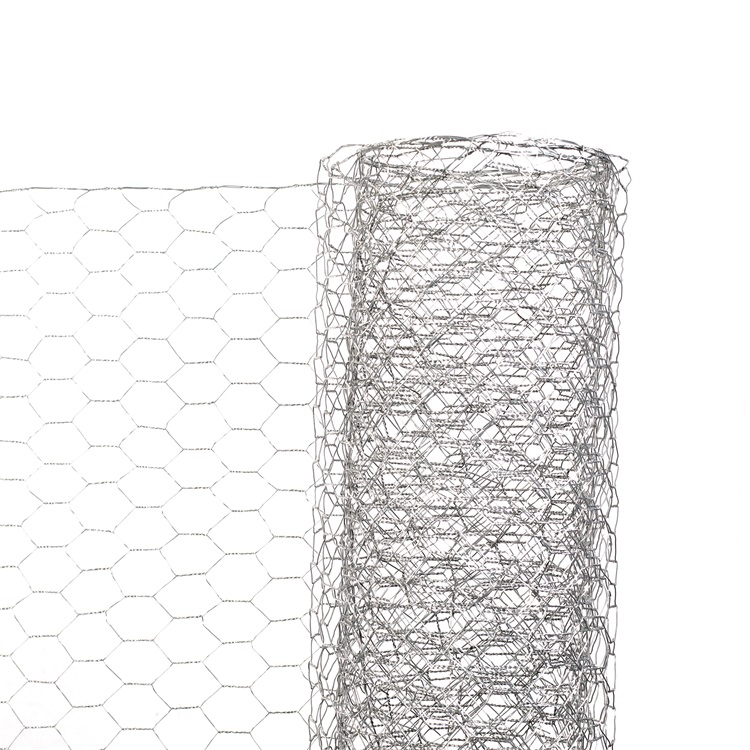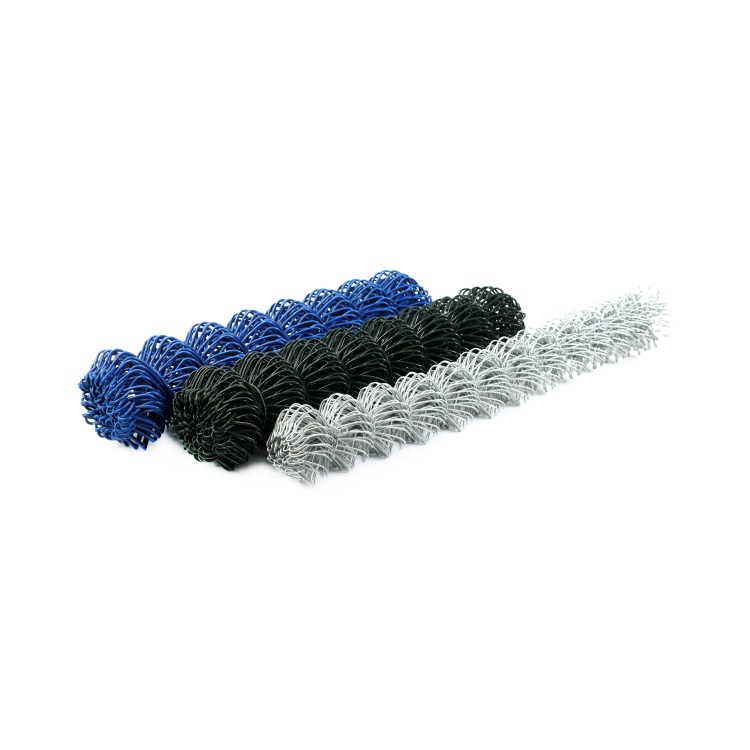Comprehensive Guide to Chicken Mesh Hexagonal Wire Netting | Global Uses & Benefits
Understanding Chicken Mesh Hexagonal Wire Netting: Why It Matters Globally
At first glance, chicken mesh hexagonal wire netting might sound like a simple farmyard staple — and it is, in a way. But its global relevance stretches far beyond the coop. Whether it’s securing livestock, protecting crops, or even stabilizing infrastructure, this versatile woven wire product is quietly supporting billions worldwide. Knowing how it works, where it fits, and why it keeps appearing in industries from agriculture to humanitarian relief offers surprisingly big benefits. From cost savings and sustainability to safety and innovation, understanding chicken mesh hexagonal wire netting is actually a small key to solving some larger global challenges.
The Global Context: A Wire Netting Solution for Complex Needs
The world’s population is rising steadily — hitting 8 billion recently, according to the UN — and with it, demand for food security and sustainable farming practices has never been higher. Chicken mesh hexagonal wire netting plays a role in this equation, controlling pests and predators, creating safe enclosures, and enabling cage-free livestock management that’s both humane and effective.
Additionally, reports by the World Bank emphasize the need for affordable, quickly deployable infrastructure in disaster recovery zones. And, frankly, nothing fits that bill quite like chicken mesh netting: it’s lightweight, flexible, and adaptable — qualities that make it an indispensable tool in fragile environments.
However, challenges such as corrosion, durability under harsh weather, and supply chain variations remain. These problems underscore why a deeper understanding of this product helps businesses and NGOs alike make smarter, longer-lasting choices.
Mini takeaway: As populations and environmental challenges escalate, chicken mesh hexagonal wire netting quietly solves real-world problems by combining practicality with scalability.
What Exactly is Chicken Mesh Hexagonal Wire Netting?
Simply put, chicken mesh hexagonal wire netting is a piece of wire mesh woven into an array of small hexagons — kind of like a beehive structure. Usually made of galvanized steel or stainless steel wire, this netting is designed to be both lightweight and sturdy. The hexagonal pattern is key: it creates flexibility while maintaining structural strength, making it more resistant to deformation than squares or rectangles under tension.
Though commonly associated with poultry fencing — hence the ‘chicken mesh’ nickname — it has found a home in modern industry, agriculture, and humanitarian aid. It’s simple enough for farmers to install but robust enough for engineers to use in construction temporary walls, erosion control, or even decorative landscaping.
chicken mesh hexagonal wire netting products leverage these principles widely.
Core Components: What Makes This Mesh Work?
Durability
Most chicken mesh netting uses galvanized steel to resist rust and corrosion — vital for outdoor use, especially in moist or coastal areas. Newer varieties include PVC-coated wire, improving longevity and offering color options for blending with surroundings.
Flexibility
The hexagonal design isn’t just for show. It allows the netting to bend and flex without breaking, critical for uneven terrain or when shaping cages and frames. This flexibility also helps absorb impacts, say, from animals pressing on fences or debris in storm conditions.
Cost Efficiency
Compared to welded wire or chain link fencing, chicken mesh is generally less expensive per square foot, both in material costs and installation time. This makes it popular among budget-conscious farmers and NGOs scrambling to stretch every dollar.
Scalability
Sheets of chicken mesh come in varying widths and lengths, making it easy to scale from small backyard projects to sprawling commercial farms or large relief camps.
Environmental Resistance
Besides corrosion resistance, many types have options to withstand UV exposure and chemical contact — a big plus in industrial or tropical settings.
Chicken Mesh Hexagonal Wire Netting Around the World: Who’s Using It and How?
From the rice paddies of Southeast Asia to agricultural areas of Africa and Europe, chicken mesh fencing is everywhere. But it’s not just farms. In disaster recovery, NGOs use it to create temporary animal pens or fencing quickly to protect supplies. In mountainous regions, it helps stabilize loose rocks on slopes — a technique engineers call “gabions,” essentially wire cages filled with stone.
Take Nepal, for example. After the 2015 earthquake, relief organizations deployed chicken mesh as part of rebuilding efforts to create safe compounding walls and to protect new fields from wandering animals. Similarly, in Australia, farmers use it extensively to separate free-range chicken coops while ensuring ventilation and predator resistance.
Mini takeaway: The adaptability of chicken mesh hexagonal wire netting means it answers both agricultural and emergency needs globally — a testament to its simple, enduring design.
Specifications at a Glance
| Specification | Detail |
|---|---|
| Material | Galvanized Steel, PVC-coated Steel, Stainless Steel |
| Mesh Size | 12mm to 50mm Hexagonal Openings |
| Wire Diameter | 0.4mm to 1.8mm |
| Roll Width | 0.5m to 2.0m (custom lengths available) |
| Length per Roll | 10m to 30m |
| Coating | Galvanization, PVC Coating (color options) |
Advantages and Long-Term Value
The advantages of using chicken mesh hexagonal wire netting extend beyond the obvious. First, it’s cost-effective, as mentioned, but it also helps farmers improve animal welfare by offering breathable, secure enclosures — which, in turn, translates into healthier livestock and better yields.
Environmentally, many types can be recycled or repurposed, reducing waste. Socially, proper fencing can prevent conflicts over stray animals or crop damage — fostering trust in farming communities. And emotionally? There’s something satisfying about a dependable fence that keeps the world’s tiniest workers safe.
Vendor Comparison: Who’s Leading the Pack?
| Vendor | Material Options | Customization | Typical Lead Time | Price Range (USD per sqm) |
|---|---|---|---|---|
| FiveStar Metals | Galvanized, PVC coated, Stainless | Custom widths, colors, wire diameters | 2-3 weeks | $3.50 - $6.00 |
| Global Wire Mesh Co. | Galvanized, PVC coated | Limited customization | 3-4 weeks | $2.90 - $5.50 |
| AgriMesh Solutions | Galvanized | Standard sizes only | 1-2 weeks | $2.50 - $4.00 |
Future Trends and Innovations
Tomorrow’s chicken mesh won’t just be galvanized steel. Research into biodegradable coatings and new alloys promises even longer life with less environmental impact. Automation and digital fabrication techniques enable precision customization based on project requirements — no more one-size-fits-all.
Green energy-driven manufacturing processes are gaining traction, reducing carbon footprints. Some start-ups are experimenting with embedded sensors that detect stress or damage in fencing to alert owners proactively.
The rise of smart farming means chicken mesh netting might soon come with an IoT boost — tracking animal movement, health, or security breaches. It’s weirdly exciting to think of this humble product becoming “smart” and connected.
Challenges and Practical Solutions
That said, chicken mesh hexagonal wire netting isn’t perfect. Corrosion — especially in salty or acidic soils — remains a concern. Some users report mesh deformation under heavy mechanical stresses or chewing by persistent animals.
To combat these, many experts recommend high-quality galvanization standards, combining coatings (e.g., PVC over zinc), and proper installation techniques to avoid tension points. Using higher gauge wire in predator-prone areas helps, too.
Plus, sourcing reliable suppliers who meet international certifications (ISO 9001, ASTM standards) guarantees product consistency, reducing long-term maintenance headaches.
Frequently Asked Questions About Chicken Mesh Hexagonal Wire Netting
-
Q: How do I choose the right wire diameter for my chicken mesh fence?
A: Consider the animals or application involved. For small birds or rabbits, a diameter around 0.5-0.7mm suffices. Larger animals or high-stress zones call for 1.0mm or higher. Also, factor in terrain and expected wear — heavier gauge wire increases longevity at higher upfront cost. -
Q: Is chicken mesh suitable for outdoor use in high humidity or coastal areas?
A: Yes, but galvanization quality matters. For coastal zones with salt exposure, choose thicker galvanization or PVC-coated wire to prevent rusting. Regular inspection helps catch early corrosion. -
Q: Can this product be recycled or reused?
A: Absolutely. Steel wire mesh is recyclable and many users repurpose old fencing for gardening, crafts, or secondary containment. Proper disposal or recycling reduces environmental impact. -
Q: How quickly can large quantities be delivered for disaster relief projects?
A: Lead times depend on supplier and customization needs. Generally, standard rolls can ship within 1-3 weeks globally. It’s wise to plan with your vendor early for emergencies. -
Q: Are there eco-friendly alternatives to traditional galvanized chicken mesh?
A: Some manufacturers now offer PVC-free coatings or stainless steel mesh with longer life spans, reducing the need for frequent replacement. Experimental biodegradable polymer meshes are emerging but not yet mainstream.
In Conclusion: Why Chicken Mesh Hexagonal Wire Netting Remains Essential
Though it sounds simple, chicken mesh hexagonal wire netting carries tremendous utility and global importance: protecting animals, boosting agriculture, aiding disaster relief, and enabling countless innovative applications. Its blend of affordability, durability, and ease of use has made it a staple for decades — and with upcoming innovations, it’s showing no signs of slowing down.
For those looking to invest in quality, supplier reliability and material options matter. If you’re researching your options, check out the range of products and customization available at FiveStar Metals — you might be surprised how much difference choosing the right wire netting can make.
Sometimes, the simplest solutions truly are the most powerful.
References:
1. United Nations Department of Economic and Social Affairs - Population Division, 2023.
2. World Bank: Agriculture and Food Sector Reports
3. ISO Standards 9001 and ASTM corrosion resistance guidelines.
-
Discount 16 d Common Nails - Bulk, Durable, Fast Shipping
NewsNov.17,2025
-
Finish Nails - Durable, Rust-Resistant, Clean Countersink
NewsNov.17,2025
-
Barbed Wire: Galvanized, High-Tensile Security Fencing
NewsNov.17,2025
-
Discount 16 d Common Nails – Bulk, Durable, OEM Options
NewsNov.17,2025
-
Welded Steel Tube Temporary Fence – Galvanized, Durable
NewsNov.04,2025
-
Barbed Wire – High-Tensile, Galvanized, Bulk & Fast Shipping
NewsNov.04,2025














